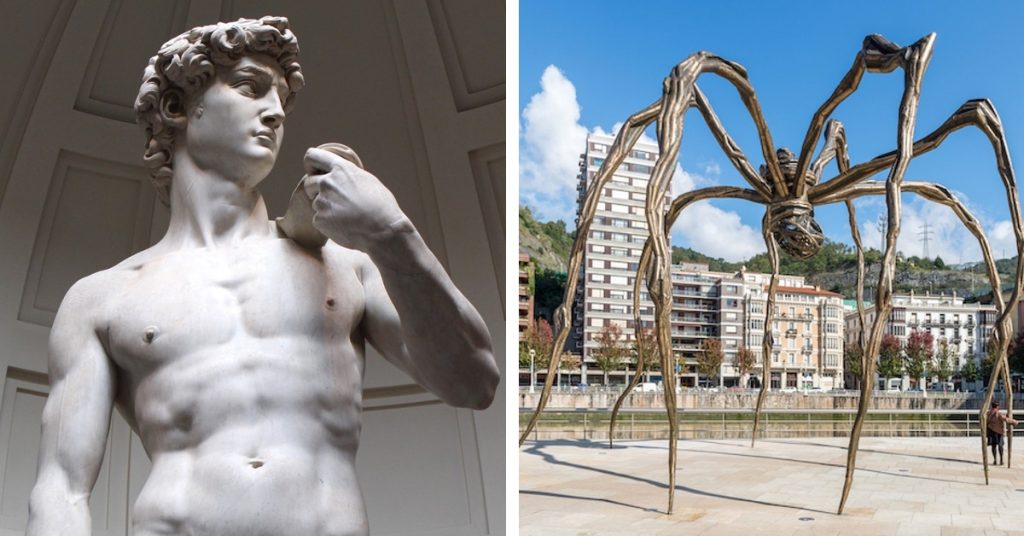Art is equal parts therapy and expression. Art can take on many forms – paintings, photographs, performances, music, sculptures, and more. But what is a sculpture? What does it represent? Sculpture is a form of visual art focused on three-dimensional objects or representations, often created by carving, modeling, casting, or assembling various materials. Sculptures can be made from a wide range of materials including wood, metal, stone, clay, glass, and even found objects like plastic or recycled materials. Throughout history, sculpture has been used for various purposes, including religious, ceremonial, commemorative, decorative, and functional ones. They can range in size from tiny figurines to monumental installations.
Famous Sculpture Artists
Multiple artists have found fame owing to their exquisite sculptures. From 4th-century Greek artists to 21st-century contemporary artists, the tradition of sculpting and sculptors is celebrated to date. Today, we bring to you 10 famous sculpture artists whose oeuvre transcends time and inspires awe among global audiences.
Praxiteles Sculptor
The sculptor Praxiteles was a 4th-century BC Attican sculptor. Praxiteles’ artworks took on the shape of human forms and the young Greek Pantheon. Critics credit Praxiteles’ art with originating the monumental S-curve. Every Praxiteles sculpture was made out of fine-grained Parian marble. Some of them were painted by Nicias. Praxiteles Aphrodite of Knidos was the first time the female form was envisioned naked and made into life-size. Other famous Praxiteles sculptures include – ‘Hermes Of Praxiteles’, Praxiteles’ Apollo, and Praxiteles Hermes and Dionysus.
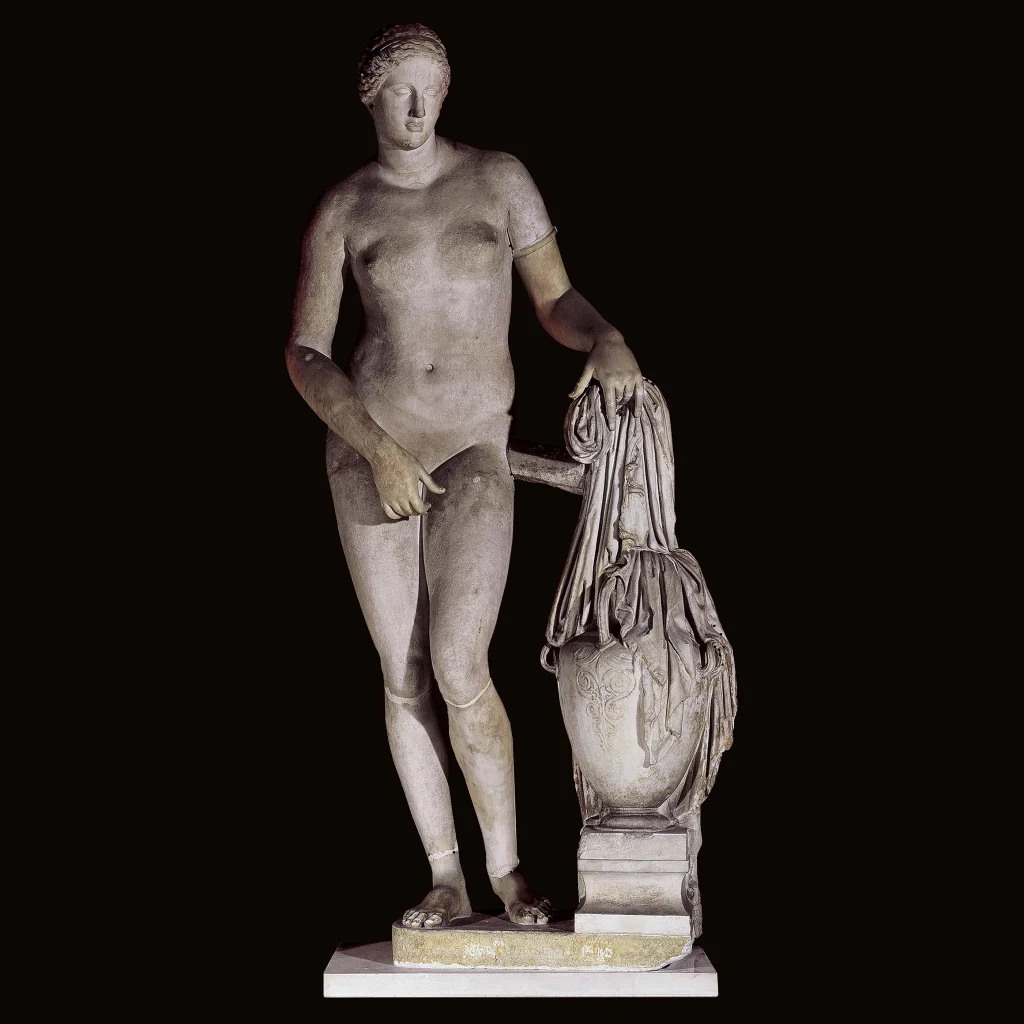
Michelangelo
Michelangelo, one of the most renowned artists of the Italian Renaissance, was born on March 6, 1475, in Caprese, Italy. Michelangelo’s artistic talents flourished in Florence when he began his career under the Medici family. His most famous works were commissioned by various popes. Michelangelo’s sculptures often revolved around religious and classical themes, showcasing his mastery of human anatomy, emotion, and fluid movements. Michelangelo’s artworks showcase the carving prowess in marble and bronze. Among his most famous sculptures are ‘David,’ ‘Madonna of Bruges,’ ‘Bacchus,’ and ‘Dying Slave.’
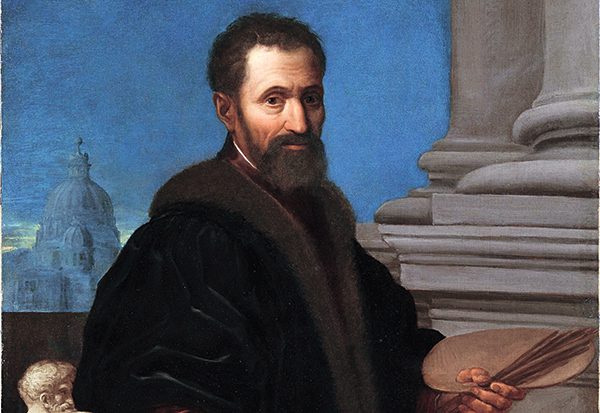
Donatello
Donatello was born in Florence, Italy, around 1386. During the Florentine Renaissance, contributed significantly to the revitalization of classical art principles. Donatello’s sculptures explored themes of religious iconography, mythology, and secular humanism. Donatello was celebrated for his innovative techniques and mastery of bronze and marble. His sculptures, characterized by their naturalistic details and emotional depth, shaped Renaissance art. Among his most famous works are ‘The Feast of Herod,’ ‘Saint George,’ ‘Zuccone,’ and ‘Judith and Holofernes.’
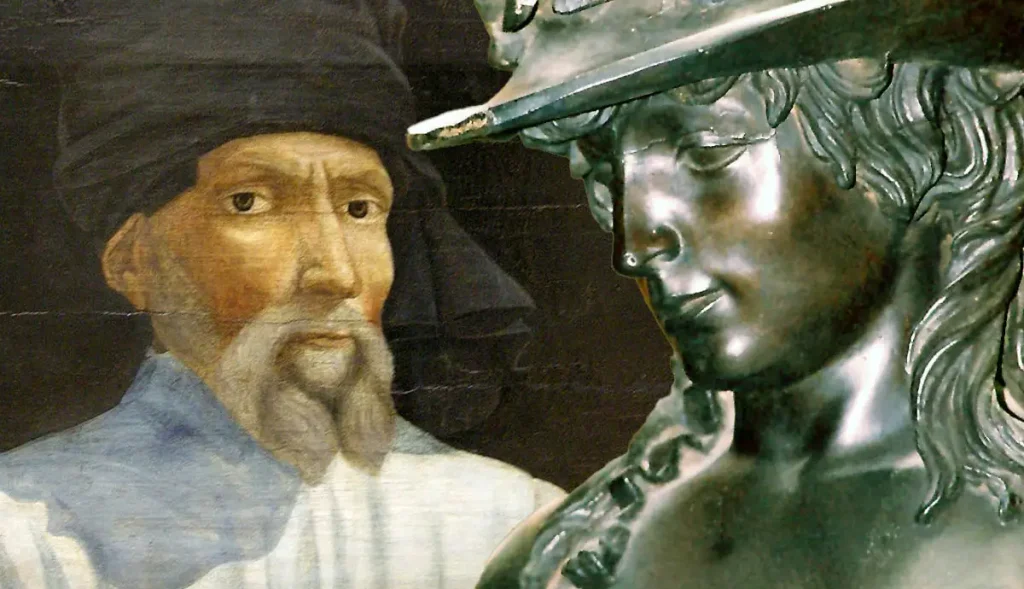
Yayoi Kusama
Yayoi Kusama, an iconic figure in contemporary art, was born on March 22, 1929, in Matsumoto, Japan. Renowned for her avant-garde contributions to various artistic mediums, including sculpture, painting, and installation, Kusama’s career has spanned several decades. During her residency in New York City during the 1960s, where she became associated with the avant-garde movements of the time. Kusama‘s sculptures have explored themes of infinity, repetition, and the cosmos, reflecting her fascination with patterns and the subconscious mind. Yayoi Kasuma works with diverse mediums such as fibreglass, bronze, and stainless steel, each imbued with a sense of whimsy and surrealism. Among her most famous sculptures are ‘Pumpkin,’ ‘Infinity Mirrored Room – The Souls of Millions of Light Years Away,’ ‘The Obliteration Room,’ and ‘Narcissus Garden.’
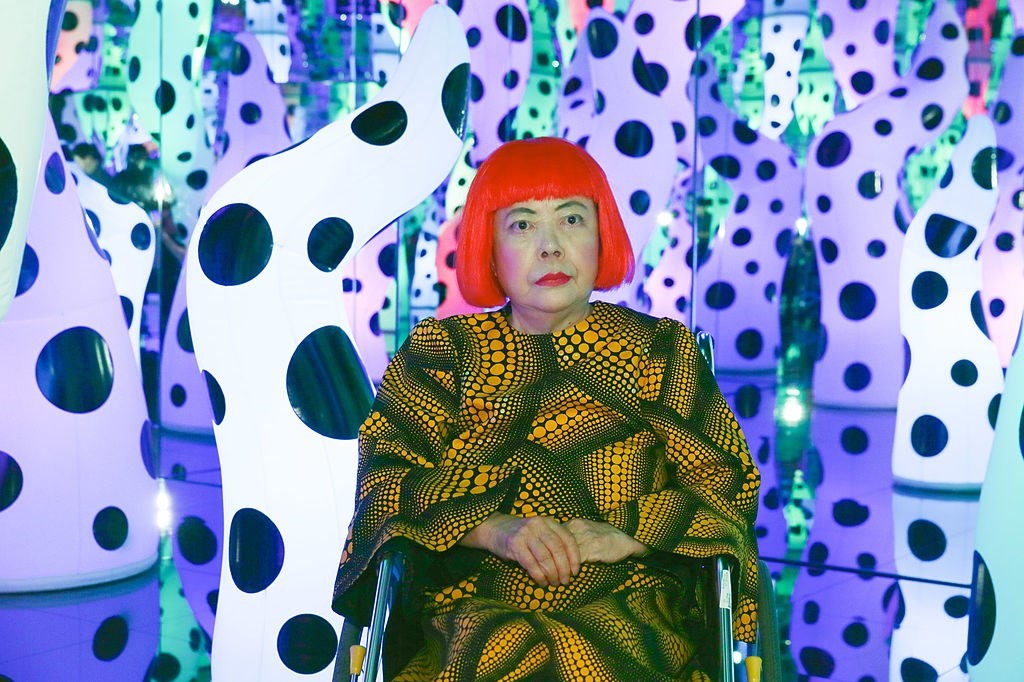
Auguste Rodin
Auguste Rodin was born on November 12, 1840, in Paris, France. His creations explored themes of human emotion, passion, and the complexities of the human experience, capturing moments of intense introspection and raw vitality. Renowned for his innovative approach to form and texture, Rodin frequently employed bronze, marble, and clay to create his sculptures. Among Rodin’s most famous works are ‘The Thinker, ‘The Kiss,’ ‘The Gates of Hell,’ and ‘The Age of Bronze.’
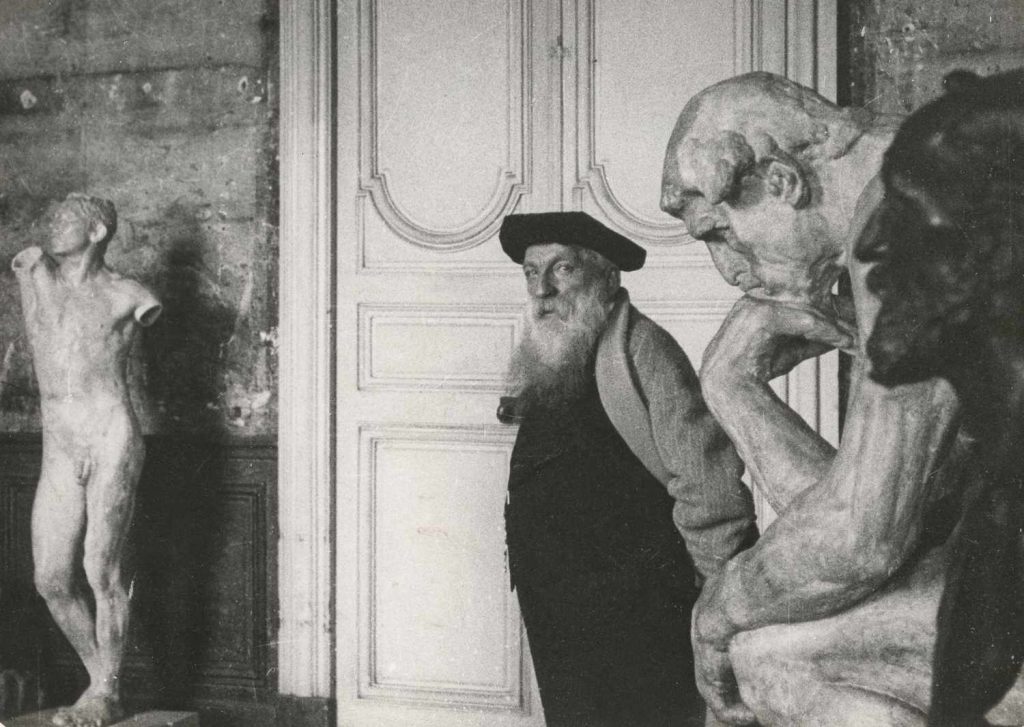
Gian Lorenzo Bernini
Gian Lorenzo Bernini, born on December 7, 1598, in Naples, Italy, was an influential sculptor of the Baroque period. Raised in Rome, Bernini honed his craft under the patronage of the Barberini family. His oeuvre was rooted in religious devotion, theatricality, and intense human emotion. Bernini’s sculptures, characterized by their dynamic compositions and lifelike expressions, depicted scenes from classical mythology, biblical narratives, and Christian iconography. He utilised a variety of mediums, including marble, bronze, and terracotta. Among his most renowned sculptures are ‘Apollo and Daphne,’ ‘The Ecstasy of Saint Teresa,’ ‘David,’ ‘The Fountain of the Four Rivers,’ and ‘The Baldacchino.’
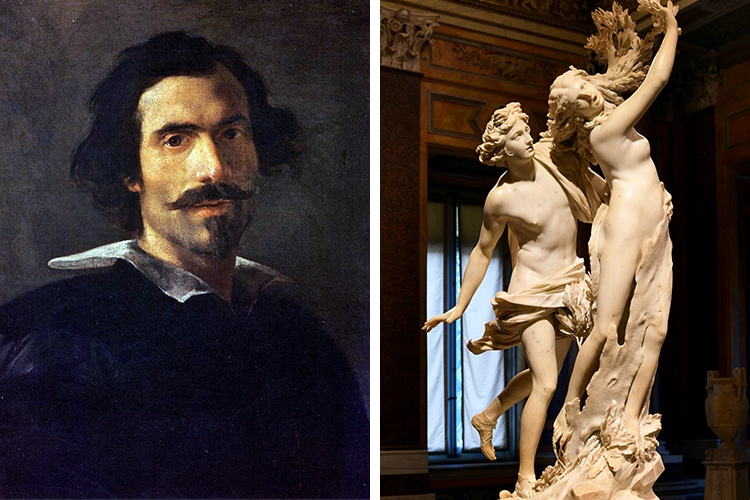
Louise Bourgeois
Louise Bourgeois was born on December 25, 1911, in Paris, France. Bourgeois spent the majority of her life and career in New York City, where she became an integral figure in the city’s modern and contemporary art scene. Her works explore themes of identity, memory, sexuality, and the complexities of human relationships. Bourgeois employed a diverse range of materials in her art, including wood, metal, fabric, and marble. Among her most famous sculptures are ‘Maman,’ ‘Cell (Eyes and Mirrors),’ ‘Spider Couple,’ ‘The Destruction of the Father,’ and ‘The Blind Leading the Blind.’
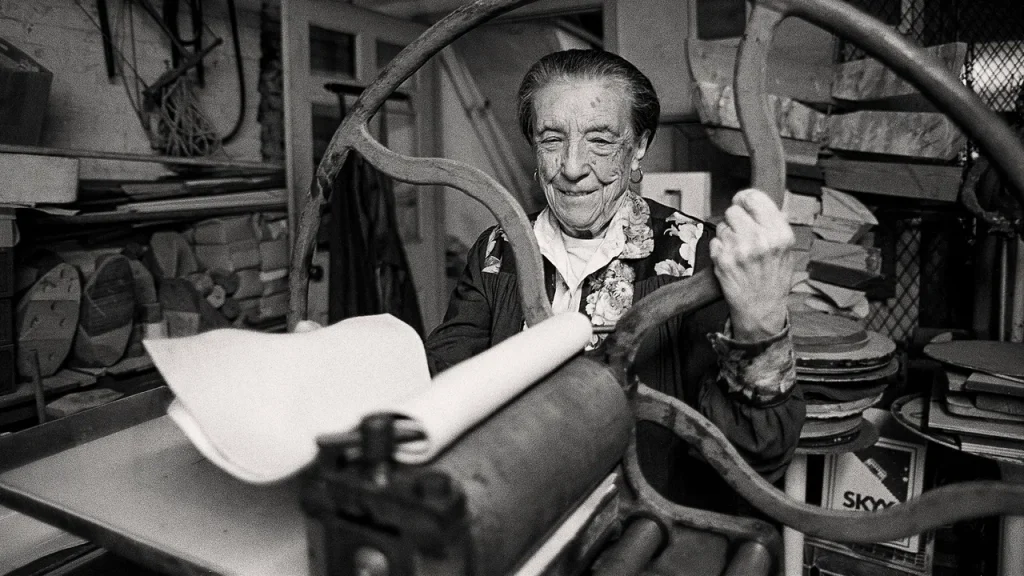
Alberto Giacometti
Alberto Giacometti, born on October 10, 1901, in Borgonovo, Switzerland, was known for his existential themes. His sculptures often revolved around the exploration of the human condition, existential angst, and the frailty of existence. Giacometti‘s work is characterized by elongated, attenuated figures, which seem to convey a sense of isolation and alienation, capturing the essence of modern urban life. He predominantly worked with bronze, experimenting with plaster and clay. Among his most famous sculptures are ‘Walking Man I,’ ‘L’Homme qui marche II,’ ‘The Palace at 4 a.m.,’ and ‘Pointing Man.’
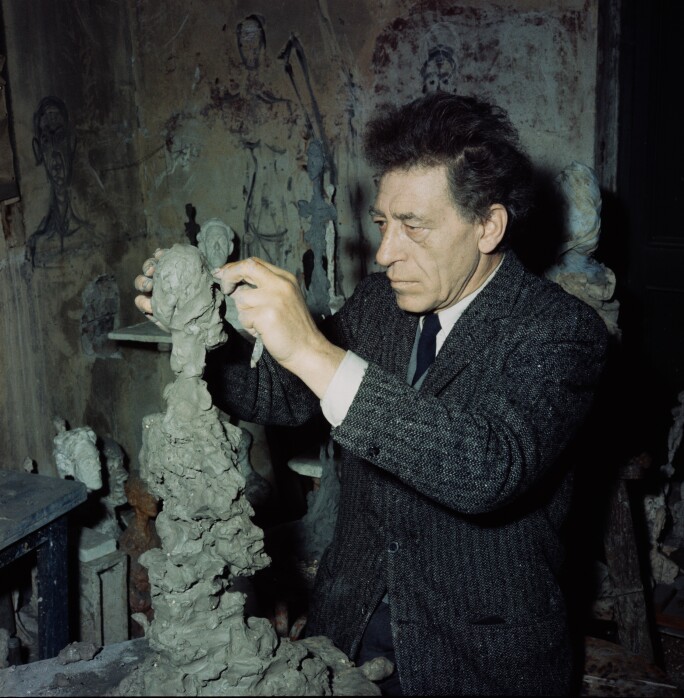
Constantin Brancusi
Constantin Brâncuși was born on February 19, 1876, in Hobița, Romania. Brâncuși spent much of his career in Paris, where he became associated with the avant-garde movements of the early 20th century. His sculptures were characterized by radical simplicity and abstraction, often stripping away extraneous detail to reveal the essence of his subjects. Brâncuși’s work frequently explored themes of purity, spirituality, and the natural world. His sculptures were primarily crafted from bronze, marble, and wood. Among his most famous sculptures are ‘Bird in Space,’ ‘The Kiss,’ ‘Sleeping Muse,’ ‘The Endless Column,’ and ‘The Newborn.’
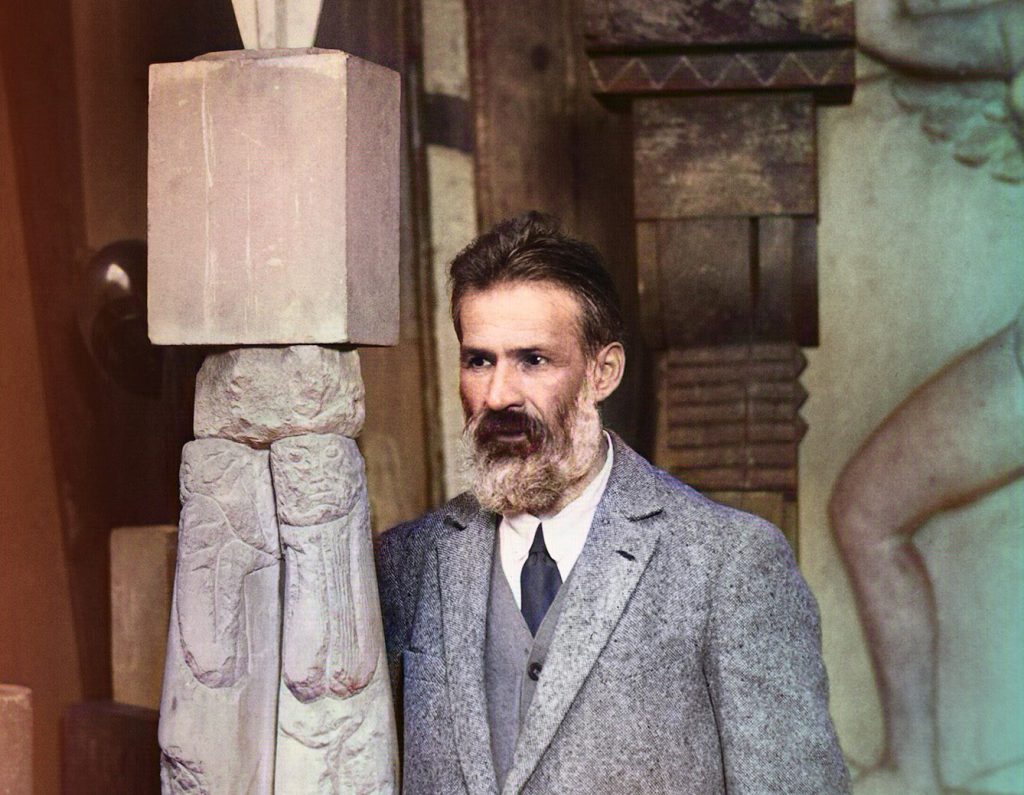
Louise Nevelson
Louise Nevelson, born on September 23, 1899, in Kyiv, Ukraine, was a pioneering sculptor known for her monumental assemblages and contributions to American modernism. Her sculptures, often monumental in scale, were characterized by their bold geometric forms and intricate compositions, exploring themes of identity, memory, and the passage of time. Nevelson’s signature style involved the meticulous arrangement of found objects and discarded materials, such as wood scraps, furniture pieces, and architectural elements painted in monochromatic hues, typically black or white. Some of her most famous sculptures are ‘Sky Cathedral,’ ‘Dawn’s Wedding Feast,’ ‘Night Wall,’ ‘City Sunscape,’ and ‘Mrs. N’s Palace.’
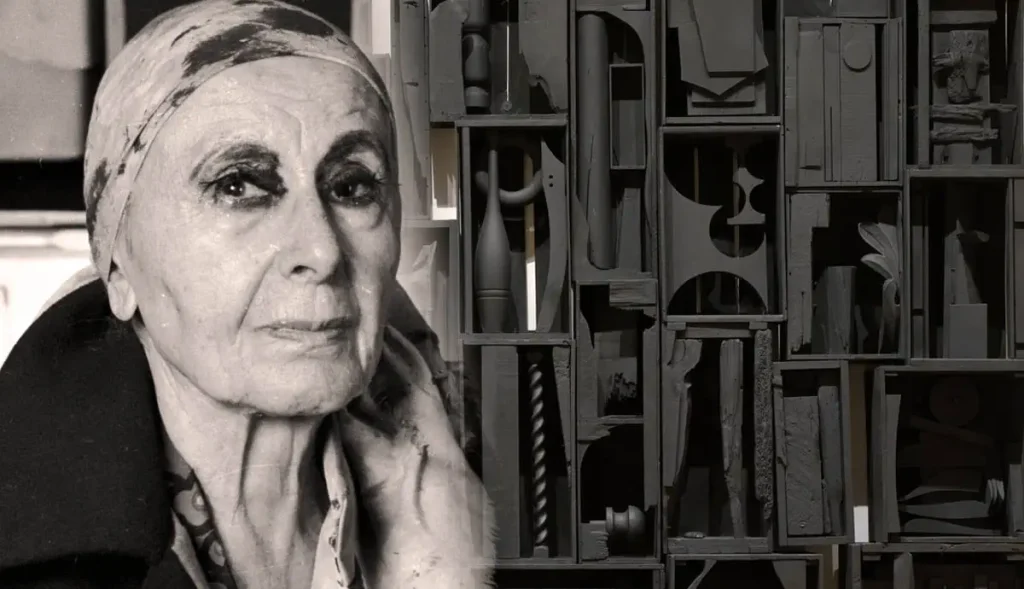
Image Courtesy – My Modern Met
Dhruvi Jain’s Ceramic Sculptures Explore the Subconscious with Raw Elegance

